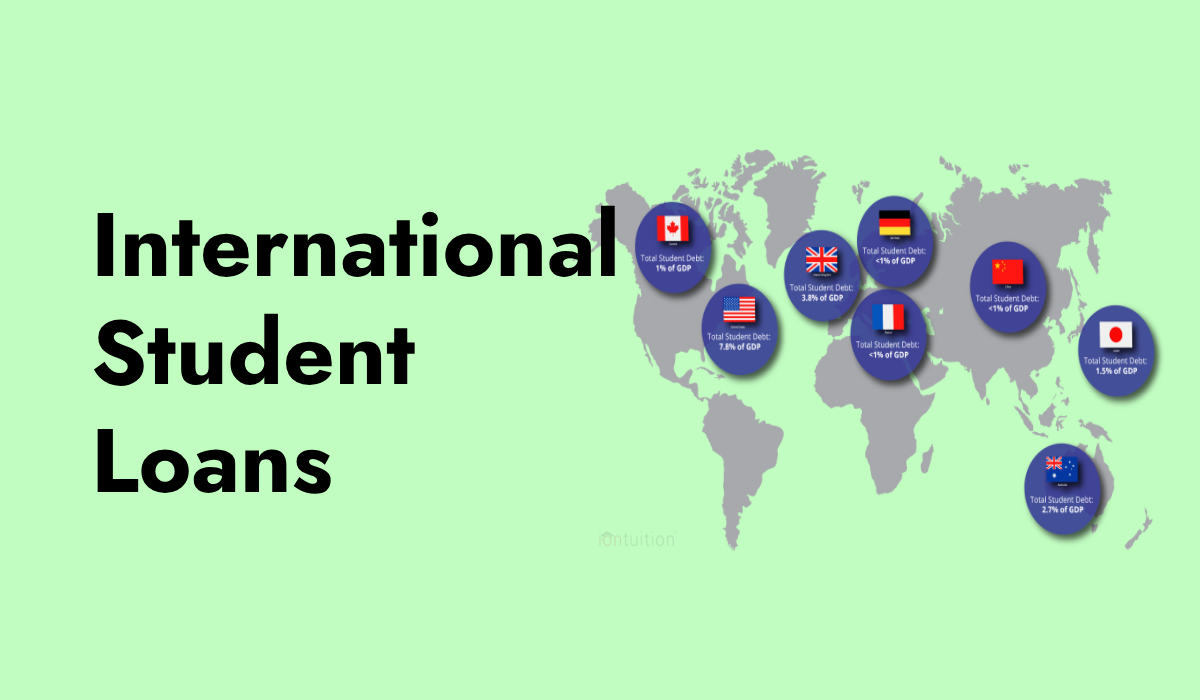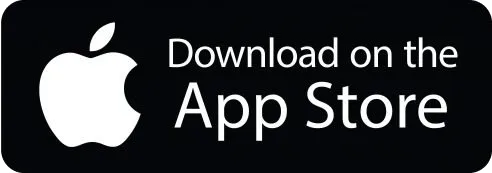Discover the best international student loans available in July 2024. Compare top lenders, interest rates, and repayment options to find the right loan for your studies abroad.
International students are typically non-US nationals who attend college in the United States for a set period of time. Most non-US nationals are ineligible for federal student loans, with a few exceptions. As a result, overseas students in need of additional cash frequently seek private student loans to help cover educational expenses.
In order to obtain a private loan, lenders will typically require a co-signer who is a US citizen. We have found the finest solutions for overseas students based on criteria such as eligibility requirements, fees, and flexible repayment options.

- Est APR = 4.89-9.04%
- MIn Credit Score = 680
- No fees.
4
editorial team. We score based on factors
that are helpful for consumers, such as
how it affects credit scores, the rates and
fees charged, the customer experience,
and responsible lending practices.
Tips to Compare International Student Loans
To obtain a private student loan, international students must have a co-signer who is a United States citizen or permanent resident. There are a few lenders who do not demand one, however funding from these lenders is limited for the 2020-21 school year, in certain cases due to reduced investor activity during the coronavirus outbreak. Continue to monitor our list; we will add lenders who satisfy our criteria as they resume or increase student lending in 2021.
Students frequently choose federal financial help over other options. However, federal student loans are limited to U.S. citizens and qualifying non-citizens, including:
- US nationals, including natives of American Samoa and Swains Island.
- U.S. permanent residents with a Form I-551, I-151, or I-551C, often known as a green card
- Those who have an Arrival-Departure Record (I-94) from the United States Citizenship and Immigration Services that places them in one of the following categories: Refugee, Asylum Granted, Cuban-Haitian Entrant, Conditional Entrant (if issued before April 1, 1980), and Parolee (in some situations).
- Students who have, or whose parent has, T nonimmigrant status for victims of human trafficking
- Individuals found to be a “battered immigrant-qualified alien,” as defined by the government, and their children
- Citizens from the Federated States of Micronesia, the Republic of the Marshall Islands, or the Republic of Palau.
Confirm with your college’s financial aid office whether you fit into any of these categories, and if so, complete the Free Application for Federal Student Aid (FAFSA) to receive federal financial help. If you qualify for federal direct subsidized or unsubsidized student loans, you will pay lower interest rates and have more repayment options than with private loans. Deferred Action for Childhood Arrivals (DACA) recipients cannot receive federal student aid, however they may be eligible for college aid from their schools or states.
Methodology to get International Student Loans
We collected data from the nine largest student loan businesses that provide international student loans in at least 25 U.S. states and scored them on 12 data points including interest rates, fees, loan terms, hardship choices, application procedure, and eligibility. We selected the seven best to display based on those that received three stars or higher.
The weighting for each category is as follows:
- Loan Terms: 25%
- Application process: 20%.
- Hardship options: 20 percent
- Interest rate: 15%.
- Fees: 10%
- Eligibility: 10%.
Specific features considered under each category were whether students need a co-signer who was a US citizen, if student borrowers could release their co-signer if they did not have US citizenship, the number of months of forbearance available, origination fees, and other considerations.
Lenders who gave maximum interest rates of less than 12% scored the highest, as did those who offered interest rate savings greater than the typical 0.25% for automatic payments, paid no origination costs, and offered numerous loan durations up to 15 years.
In some circumstances, lenders received partial points, and a maximum of 3% of the final score was left to editorial discretion based on the quality of consumer-friendly features provided.
Related: Private Student Loans Of July 2024

- Est APR = 4.89-9.04%
- MIn Credit Score = 680
- No fees.
4
editorial team. We score based on factors
that are helpful for consumers, such as
how it affects credit scores, the rates and
fees charged, the customer experience,
and responsible lending practices.


 Read More
Read More 




